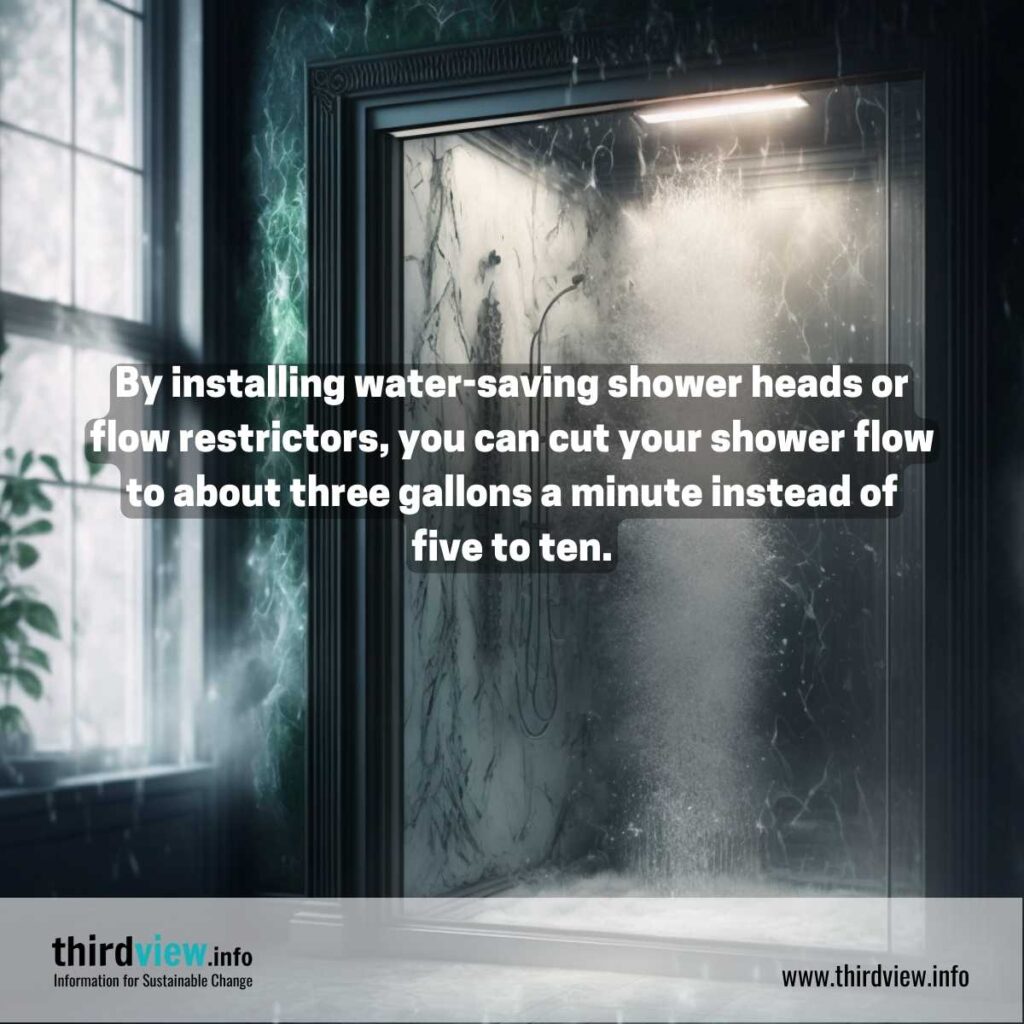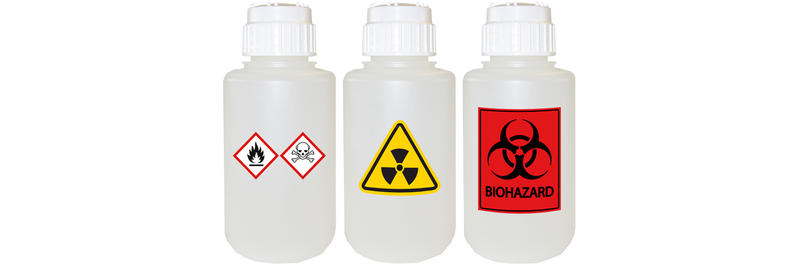7 Easy Facts About Reclaim Waste Described
7 Easy Facts About Reclaim Waste Described
Blog Article
The Basic Principles Of Reclaim Waste
Table of ContentsReclaim Waste for BeginnersThe Definitive Guide for Reclaim WasteThe Basic Principles Of Reclaim Waste Examine This Report about Reclaim WasteSome Ideas on Reclaim Waste You Should Know
Explore the types, occurrences, and forms of fluid waste. Domestic sewage waste describes the waste and items from a domestic septic system. This kind of waste is developed by human beings in residences, institutions, and other structures. This only includes septic storage tanks that have a drain area. The appropriate administration and disposal of residential sewer waste need liquid waste to be moved to a sewer therapy plant where the correct methods and devices are related to cleanse and dispose of waste.
Commercial waste typically consists of potential risks, such as combustible products or a blend of fluid and solid waste items, and needs an extra advanced and in-depth disposal process. The disposal of business waste generally includes the purification of waste prior to transportation to make sure safe and appropriate disposal. Hazardous waste is produced from results and runoff of industrial processes and production.
This kind of waste can not make use of the exact same sewage management transportation or processes as septic or industrial fluids. The industrial waste management process requires the assessment and testing of fluid waste prior to it undergoes the disposal procedure (liquid waste removal melbourne). Runoff waste is the liquid waste that comes from drainage and excess stormwater in highly inhabited locations or cities
Runoff waste can trigger contamination and flooding if not managed effectively. Making certain appropriate waste monitoring can avoid disasters and reduce ecological injury.
9 Simple Techniques For Reclaim Waste
Get in touch with PROS Providers today to learn more about our waste monitoring and disposal services and the correct ways to care for the liquid waste you create.
(https://giphy.com/channel/reclaimwaste1)Do you understand what takes place to your water when you end, purge the bathroom or drain pipes the cleaning device? No? Well, it deserves understanding. This supposed 'wastewater' is not just an essential source yet, after treatment, will be launched to our land, waterways or the ocean. Utilized water from bathrooms, showers, baths, kitchen sinks, washings and commercial processes is called wastewater.

water used to cool machinery or tidy plant and equipment). Stormwater, a type of wastewater, is runoff that streams from farming and metropolitan locations such as roofing systems, parks, gardens, roads, i thought about this courses and gutters right into stormwater drains, after rainfall. Stormwater flows unattended directly to neighborhood creeks or rivers, at some point reaching the sea.
Reclaim Waste for Dummies
In Queensland, many wastewater is treated at sewage therapy plants. Wastewater is delivered from residential or commercial sites through a system of sewage systems and pump stations, recognized as sewerage reticulation, to a sewer therapy plant.
The Division of Natural Resources advises city governments regarding handling, operating and preserving sewerage systems and treatment plants. In unsewered areas, regional federal governments may need householders to mount private or family sewer therapy systems to deal with domestic wastewater from bathrooms, cooking areas, shower rooms and washings. The Division of Natural Resources authorizes the usage of home systems when they are confirmed to be effective.
In some new class, treatment of some stormwater to remove clutter, sand and gravel has actually started utilizing gross toxin traps. Wastewater treatment occurs in 4 phases: Gets rid of solid matter.
Wastewater after that flows right into large containers where solids clear up and are gotten rid of as sludge. Grease and residue are skimmed from the surface. Uses small living microorganisms referred to as micro-organisms to break down and get rid of remaining liquified wastes and fine bits. Micro-organisms and wastes are included in the sludge. Removes nitrogen and phosphorus nutrients that could create algal blooms in our waterways and threaten marine life.
Unknown Facts About Reclaim Waste
Nutrient removal is not readily available at all sewer therapy plants since it needs costly specialist tools. Clear liquid effluent created after therapy may still consist of disease-causing micro-organisms - industrial wastewater treatment.

This usually indicates wastewater has actually to be treated or pollutants gotten rid of prior to it can be released to waterways. Many wastewater flows right into the sewerage system. Under the Act, regional governments provide authorizations and permits for eco appropriate activities (ERAs) involving wastewater launches that may have a neighborhood effect. The department carries out approvals and licences to ERAs including wastewater releases that might have a regional or statewide impact.
What Does Reclaim Waste Do?
Surveillance offers accurate info about water top quality and can validate that permit problems are being met. The info acquired with monitoring supplies the basis for making water top quality decisions.
Report this page